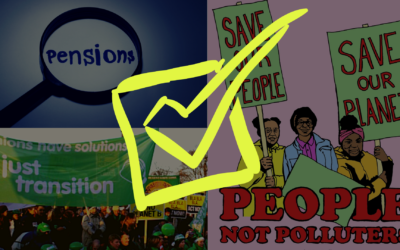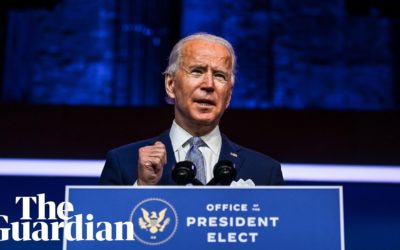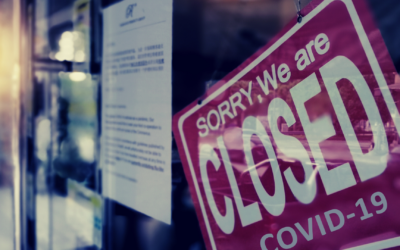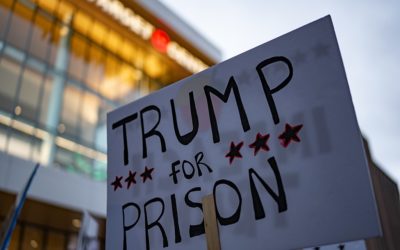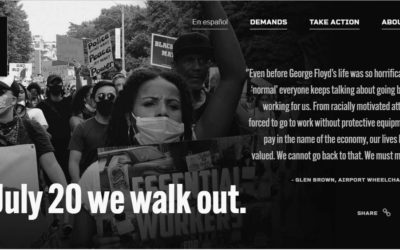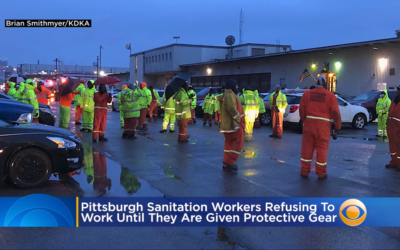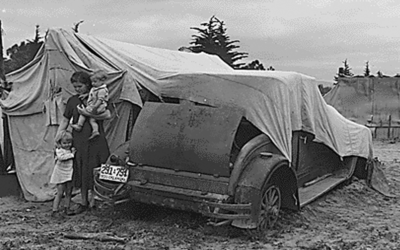
The Biden Climate Plan: Part 2: An Arena of Struggle
The climate plan released by Joe Biden in August presents a wide-ranging program for reducing greenhouse gas (GHG) emissions. The previous commentary, “The Biden Climate Plan: Part 1: What It Proposes” summarizes that plan. This commentary identifies the points of conflict on climate policy and related social policies that are likely to emerge within a Biden administration. It concludes by assessing how advocates of a Green New Deal can take advantage of the Biden program to fight for a climate-safe, worker-friendly, socially-just outcome.
The Biden Climate Plan: Part 1: What It Proposes
This commentary analyzes Joe Biden’s “Plan for Climate Change and Environmental Justice” released in August. The following commentary, “The Biden Climate Plan: Part 2: An Arena of Struggle,” will consider the struggles that are likely to emerge over what parts of the plan can and should be implemented.
People Power in the Coronavirus Depression
The Coronavirus pandemic and the economic depression accompanying it are already engendering new movements of both employed and unemployed workers. In some ways these resemble the worker and unemployed movements that emerged in the first years of the Great Depression; in other ways they are very different.
How Workers Can Help Defeat a Trump Coup
In a fiery October 10 speech, Steve Bannon, Donald Trump’s 2016 campaign CEO, said that at 10 or 11 o’clock November 3 Trump is going to walk into the Oval Office “having won Ohio, and being up in Pennsylvania and Florida,” and he’s going to say, “Hey, game’s over.”
Social Self-Defense Against the Impending Trump Coup
Photo: Corazon Aquino swears in as President of the Philippines at Club Filipino, San Juan on February 25, 1986 Wikimedia Commons.
Even before the 2016 election, Donald Trump hinted that if he lost he might not accept the outcome. Now, far behind in the polls, Trump is taking action to disrupt the 2020 election and laying obvious groundwork for refusing to leave office if he loses.
Workers vs. the Coronavirus Depression
While the number of trade union strikes this year are lower than previous years, there have so far been hundreds of wildcat strikes without union authorization, primarily in the fight for worker safety amid COVID and racial justice. The Strike for Black Lives, which took place on July 20, 2020 is one such example.
Striking in the Coronavirus Depression
In response to COVID-19 and the COVID-19 Depression, workers have developed unique strategies and forms of organization to protect their lives and livelihoods. We saw in “Fighting the Great Depression — from Below” how in the early years of the Great Depression conventional trade union strikes became a rarity, but workers organized themselves in community-based, “horizontal” ways to fight for their survival. This commentary and the next describe the emergence of strikes for protection against COVID-19. This series will conclude with an evaluation of the prospects of “people power” in the Coronavirus Depression.
Self-Help in the Coronavirus Depression
In the early years of the Great Depression of the 1930s, unemployed and impoverished workers turned to dramatic forms of self-help to survive. Anti-eviction “riots” led by organizations of the unemployed made it possible to protect hundreds of thousands of families from being evicted from their homes and ultimately forced government in many cities to halt evictions.
The Unemployed vs. the Coronavirus Depression
Forty million people or more have lost their jobs since the beginning of March. Including those not actively looking for work, nearly half of adults are jobless. While some of those initially laid off have returned to work, others who thought their layoffs were temporary have been reclassified as fired permanently.
